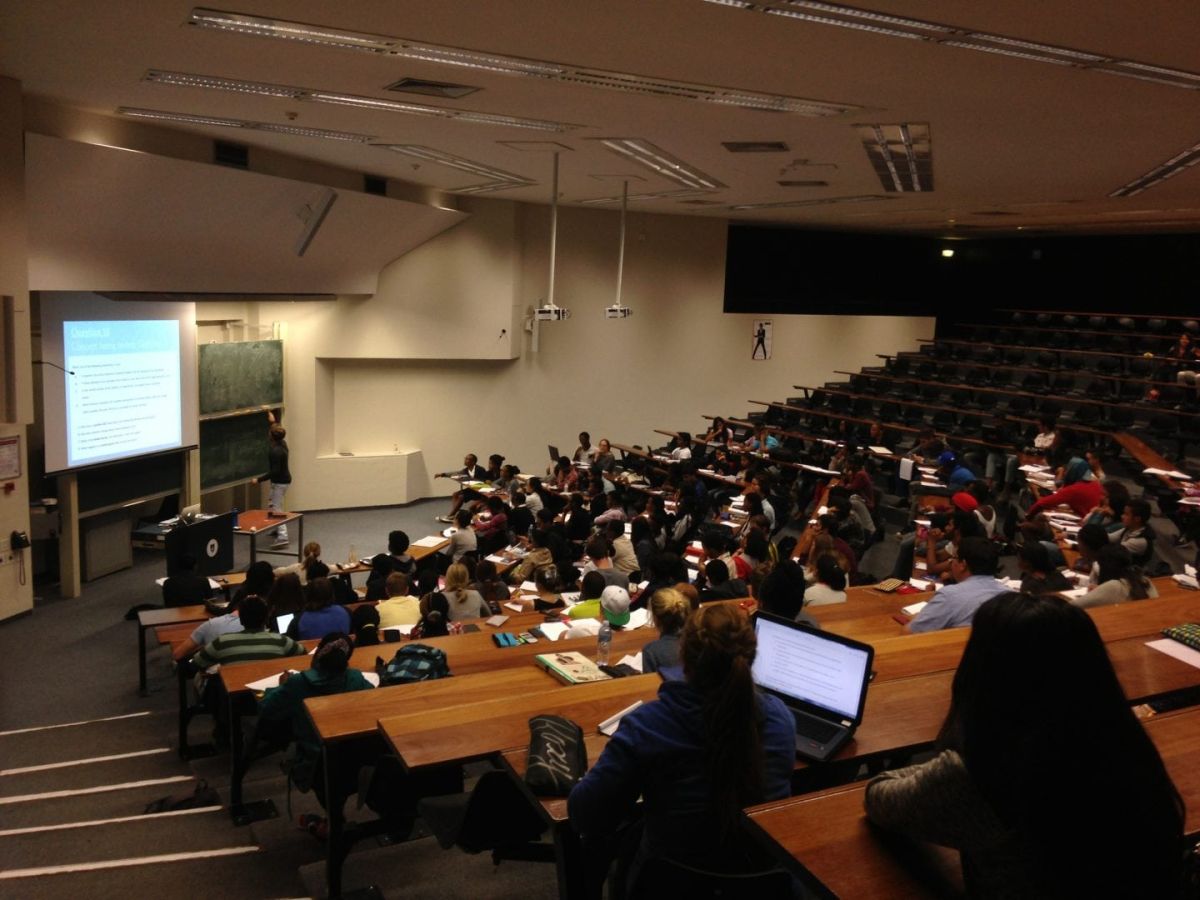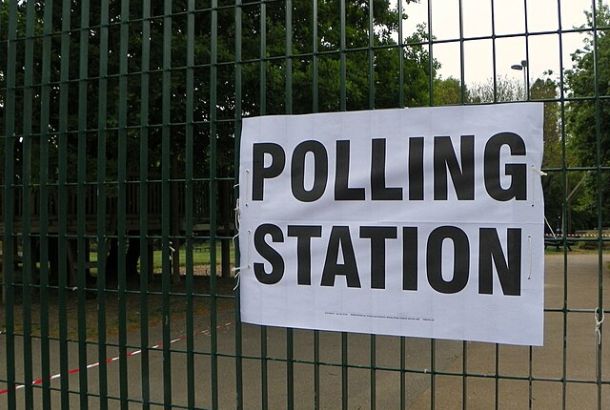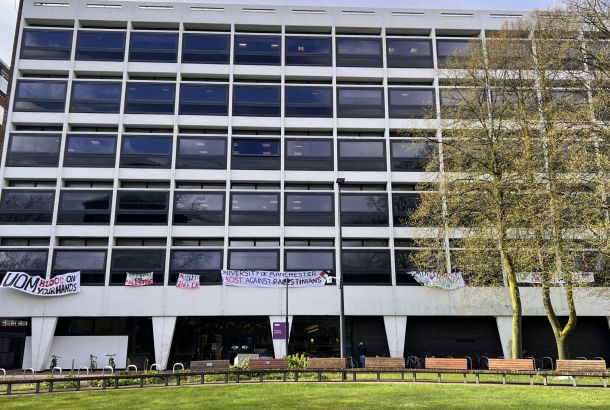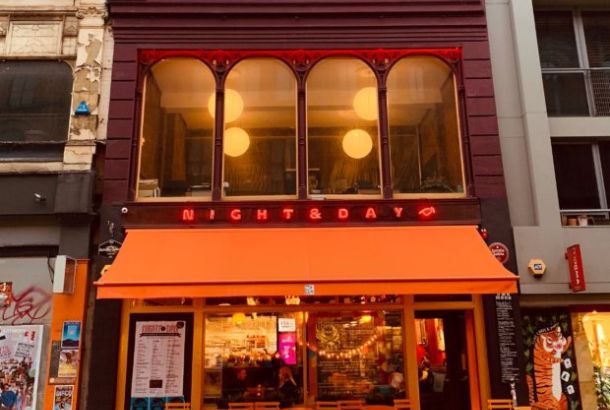Top-ranking universities must admit fewer from middle-class backgrounds, says Office for Students
By Rona McCann

The Office for Students (OfS) has called for universities to narrow the gap between the admission numbers of those from middle-class backgrounds and of those who are less well-off.
The move by universities is necessary to reach diversity targets, the OfS has revealed.
The universities’ watchdog has named Russell Group institutions in particular in its statement, saying they must eliminate this gap within 20 years.
The OfS has put forward two possible scenarios under which the disparity between the number of advantaged and disadvantaged students would be minimised throughout this time frame.
First, the country’s leading universities, where the gap is most pronounced, doubles its intake of working-class pupils. This scenario has been forecasted to be unlikely given the Department of Education’s current predictions for higher education attendance.
An alternative scenario that would eliminate the gap would be to directly reduce the number of well-off students that are offered places to study.
Whilst a need for greater diversity within the make-up of university populations is widely seen as favourable, the method of admissions boards choosing against middle-class students has been dubbed unpopular by experts.
Professor Claire Callender, who specialises in higher education policy, has argued that putting a cap on the number of middle-class students admitted into universities will receive great backlash from students, parents, and institutions, and might even fall short of equality legislation.
“If the only option is to have some form of positive discrimination, I am not clear whether it would be permitted under the law.”
“Targets are very useful and certainly it is important that universities do everything they can to widen the participation of underrepresented groups.”
Others, however, see this “radical” approach as necessary in order to effect real change.
“The OfS is right to look to radical solutions to increase access at the most selective universities,” Sir Peter Lampi, founder of the pro-social mobility foundation Sutton Trust, has said. “Despite efforts and some progress in the past two decades, the gap remains wide.”
“Doing this could radically shift the balance and increase the numbers of the poorest students studying at the most selective universities.”
The OfS’s scenarios were revealed as part of a set of papers written following a board meeting at which widening participation targets were set. The targets were set for Russell Group member universities and a handful of others that require high grades for entry.
Last year, it was revealed by the Higher Education Statistics Agency that the University of Manchester had a 17.1% private school to state-funded school ratio among its students – the 30th highest of all UK universities and conservatoires – compared to a national average of 12%.
In the UK, around 6.5% of school pupils are educated in the independent sector.







